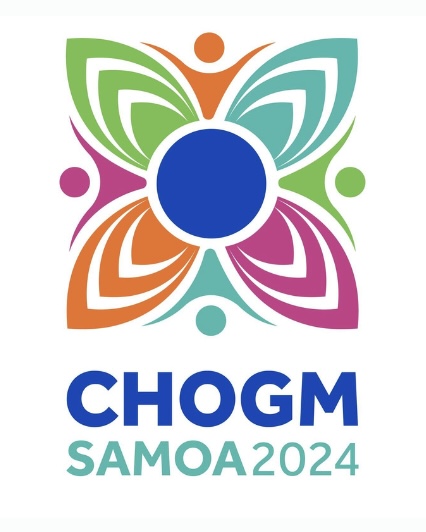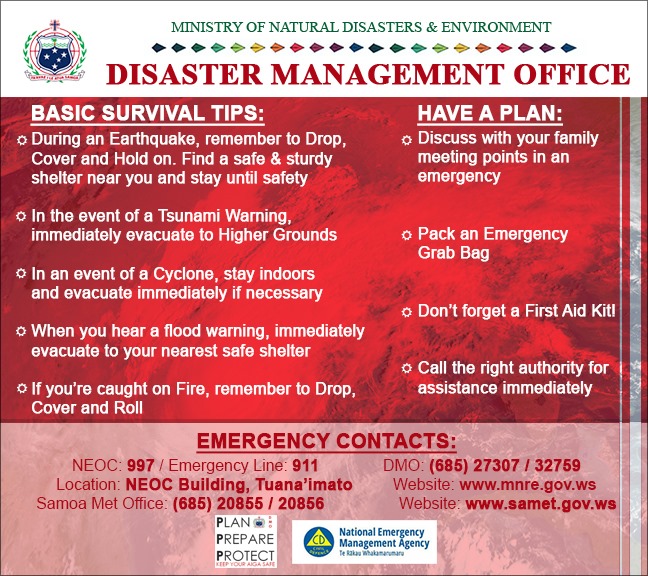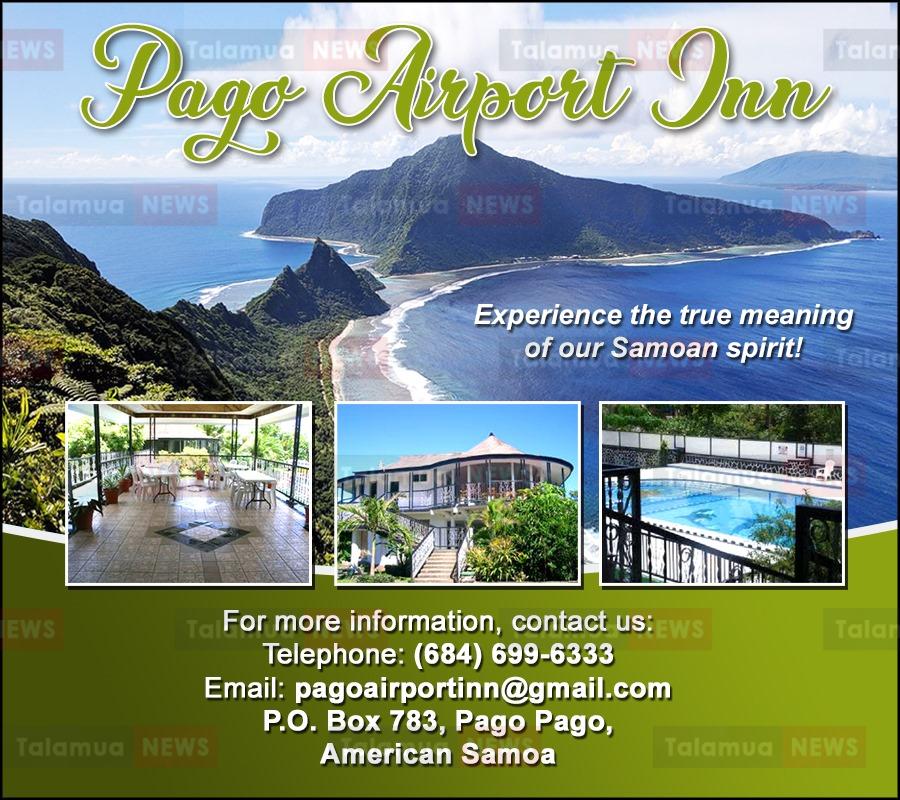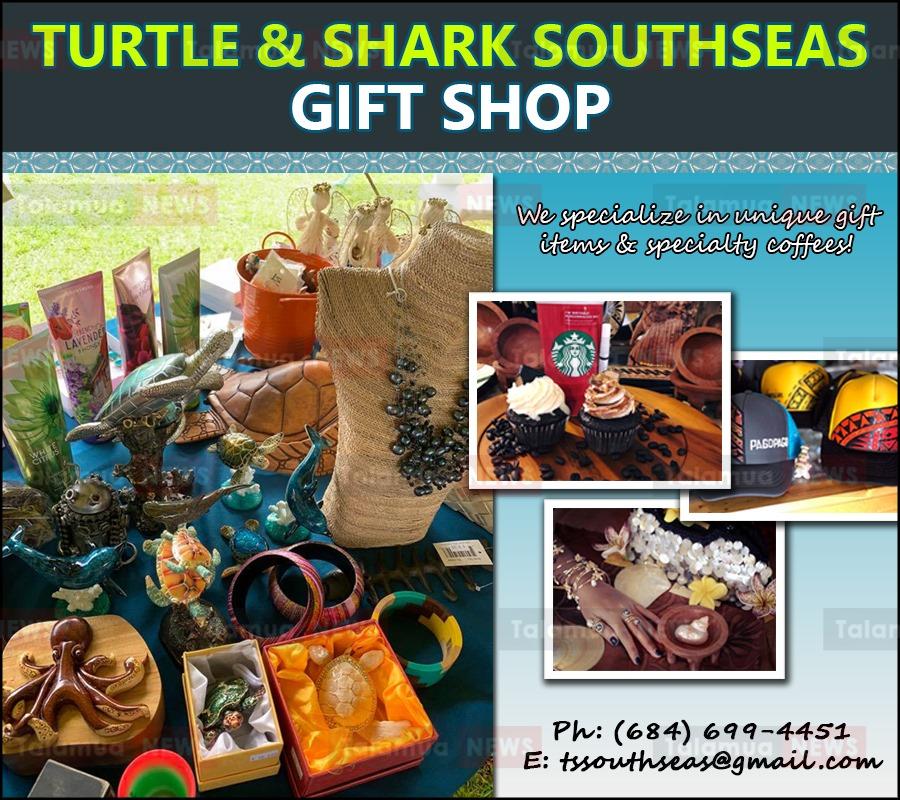Culture
Ancient Stone Mound Reawaken Samoan Prehistoric Consciousness
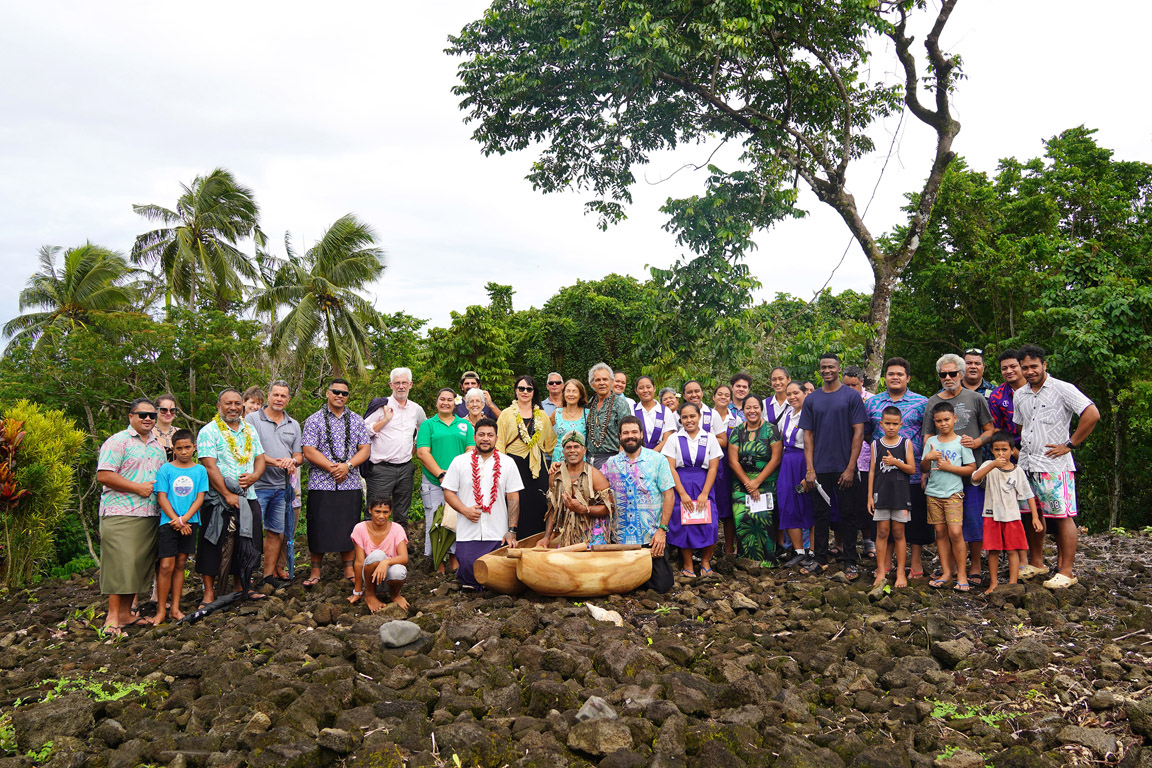
Apia, Samoa – 26 May 2025 – The unveiling of an ancient stone mound inland of Sa’anapu village last Friday, has sparked a revival of interest in Samoa’s prehistoric heritage.
The structure which has been buried under vegetation and the forest canopy for centuries, is identified to have been a Tia Seulupe – built for the purpose of pigeon snaring – also referred to in oral traditions as a sport for the chiefs and kings in olden times.
This Tia Seulupe is now part of a broader initiative to enhance the cultural tourism sector in Samoa.
The project is part of the “Living Monuments: Exploring Samoa’s Heritage” supported by the ACP-EU Programme to enhance the capacity and sustainability of the cultural and creative industries in the Pacific,” and fronted by Galumalemana Steve Percival of the Tiapapata Arts Centre.
The ancient stone mound is just one of many cultural heritage sites scattered around Upolu and Savaii and is seen as part of the overall development of the national tourism sector.
A brief ‘Ava ceremony, the traditional ritual of welcome that marks important occasions, was followed by the singing of the song “Amuia le Lupe” that featured the powerful voices of three young women from the Tuigaleava family echoed in the surrounding forest. The mound is located on a site known as Si’ua’i, that is customarily held in trust by the Tuigaleava family.

Sanding on the edge of the massive stone mound that shows perspective of its height above ground, is a descendent of the the Tuigaleava family whose land the mound is located
Speaking at the opening, Ms Si’alei Van Toor, the New Zealand High Commissioner, referred to the significance of the mound project to the overall development of the tourism industry in Samoa.
“We are just at the beginning of designing a new phase,” she said, “and over the course of the many years we have been involved with the tourism sector here we have come across a number of cultural heritage sites, both in Upolu and Savaii, that we would like to be seen to develop further and its’ for this reason that I am so pleased to be here today at the opening of the Tia here at Sa’anapu.”

Ms Si’alei Van Toor, the New Zealand High Commissioner speaking at the opening.
The significance of this Tia Seupule at Saanapu, connects to Samoa’s National Environmental Strategy that in 1993, identified heritage preservation as a national priority under our National Environmental Strategy.
Since then, significant progress had been made and Samoa, through the Ministry of Natural Resources and Environment and the Ministry of Education, Sports and Culture, that conducted national inventories of colonial buildings, ecosystems and sites rich in folklore, supported by UNESCO, towards the development of Samoa’s Tentative List to be preserved under the World heritage Convention.
In 2001, Samoa ratified the World Heritage Convention, affirming its commitment on the global stage.
The CEO of the Ministry of Natural Resources and Environment, In her statement. Lealaisalanoa Frances Brown-Reupena, referred to the Tia Seulupe at Sa‘anapu, as a site of deep cultural resonance and now a symbol of our collective commitment to preserving and celebrating our Samoan heritage in both physical and virtual spaces.
“This event I believe is not just an opening or launching of another monument,” she added, “it is about opening a new chapter in our journey, one that began decades ago rooted in a national vision to safeguard the natural and cultural legacy of our islands.

The CEO of the Ministry of Natural Resources and Environment, Lealaisalanoa Frances Brown-Reupena speaking at the mounds opening.
“While Samoa has yet to finalise its Tentative List under the World Heritage Convention, the Tia Seulupe’s opening day’s event marks a significant milestone for our collective efforts. To the MNRE, to the Government, it represents a revival and reinvogration of national efforts to safeguard our natural and cultural treasures in a truly holistic manner honouring the vision that we committed to when we ratified the Convention in 2001.
“As the Ministry moves towards finalizing its Environmental Management and Conservation Bill, it has taken crucial steps to establish a solid legal foundation for the protection of our natural and our cultural heritage. This includes advancing the development of a national list of heritage sites, an essential step toward the eventual finalization of Samoa’s Tentative List under the World heritage Convention. Government also reiterates that at the core of these efforts has always been and always will be, community engagement and leadership. The Government recognizes that heritage preservation must be driven by knowledge, traditions, and voices of our people, especially the traditional owners of the land,” said Lealaisalanoa.

Dr. Frances Vaka‘uta, Team Leader for Culture for Development Division of the Pacific Community.
Speaking on behalf of the Pacific Community was Dr. Frances Vaka‘uta, Team Leader for Culture for Development Division, the implementing agency for the ACP-EU Cultural and Creative Industries grants scheme. “Sites like this one are a testimony to the creativity, the innovation, the spirituality, and our rich cultural heritage in the Pacific. Unfortunately, because of the impact of colonialism and discontinued cultural practice, many of these stories are now only captured in libraries that exist in Europe. And so that makes these sites so important because these stories remain in the living memory of our elders and we need these sites to teach our children to appreciate these stories, to take themselves away from their devices and sit with the elders to listen again before they are gone.”
Mr. Lene Fau, Acting Chief Executive Officer of the Samoa Tourism Authority said this development contributes towards the efforts to improve sustainable tourism.
“We want to emphasise that tourism is also about environmental stewardship and biodiversity conservation through eco-tourism, community well-being, identity preservation through cultural tourism such as our heritage site here, all of which contributes to boosting local employment and correlated skill sets within local communities.

Mr. Lene Fau, Acting Chief Executive Officer of the Samoa Tourism Authority
“Our vision is not only to invest to a sustainable economy but also to ensure that the tourism industry is expanded to diverse areas that can drive our local communities. Our culture makes us unique to the world. It separates us from modern developments you may see on the Internet. It is our duty to protect our identity and culture from being modernized and we can do this through the lens of tourism which includes local economy, social well-being, and environmental conservation. Let this site be a reminder to us all about the countless tourism opportunities we can invest in. Let it be a symbol of our fight to preserve our lands, culture and heritage. Let it be hope for the safeguarding of our unique islands, the fight against climate change impacts.”
The ceremony at the mound concluded with participants climbing to the top where the foafoa again announced the event and two slit drums, patē, ancient instruments also used for communication purposes since time immemorial, reverberated through the forest canopy. Another instrument, the fagufagu or nose flute, was played by Galumalemana to symbolize the waking of the tia as fagufagu means to waken.
The Tia Seulupe at Saanapu will eventually be open to the public as a tourist, cultural and educational site.

Beating of the slit drums, patē, to close the ceremony.



